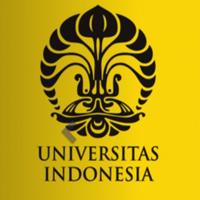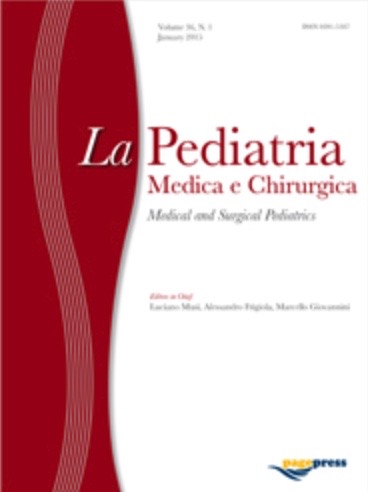Blow pinwheels improve oxygen saturation of preschool children with post pneumonia in outpatient pediatric departement

All claims expressed in this article are solely those of the authors and do not necessarily represent those of their affiliated organizations, or those of the publisher, the editors and the reviewers. Any product that may be evaluated in this article or claim that may be made by its manufacturer is not guaranteed or endorsed by the publisher.
Authors
This study aimed to recognize the Pursed Lips Breathing (PLB) modification effect by blowing pinwheel to the oxygen saturation of preschool children with post pneumonia. Also, to analyze the oxygen saturation value of the preschool children with pneumonia on the intervention group and the control group and to recognize the differences. This study design was quasi experimental pre-posttest with control group design. The participants were 30 preschool children with post pneumonia (15 children were in the intervention group, 15 were in the control group) and were chosen by consecutive sampling. This study showed significant differences on oxygen saturation between the intervention group and control group (p=0.018<0.05). Blowing pinwheel affected the oxygen saturation of the preschool age with pneumonia on the intervention group but none on the control group. The results of this study can be used as the basis and reference for the hospital in making policies, as founded that blowing pinwheel affected the oxygen saturation escalation of the preschool children with pneumonia after several exercises. This activity was recommended to be implemented at the hospital as the treatment for the outpatient children with pneumonia and to be carried on at home for the preschool children who were able to perform independently. The recommendation for the further study was to use a true experiment with a larger sample and was not limited to PLB but also to measure the ability to blow.
How to Cite

This work is licensed under a Creative Commons Attribution-NonCommercial 4.0 International License.
PAGEPress has chosen to apply the Creative Commons Attribution NonCommercial 4.0 International License (CC BY-NC 4.0) to all manuscripts to be published.









